Here you’ll find a collection of things that I do, make, say and think. A collection of projects I publshare on other sites online. Including; custom built and designed guitar or Hi-Fi amplifiers and effects, custom PC servers, and rescued, upcycled hardware. Simply a central place to collect what I’m doing with some of my a creative rest at any given time.
If you are in search for my professional information go to >JohannesJohansson.com<
For multiple ways to contact me this >linktree< makes it easy.
Categories
- DIY (23)
- DIY Audio (12)
- DIY Computation (7)
- DIY Misc (5)
Random Posts
-

Amiga next-gen build: sam440ep
Amiga is a name of a computer and Operating System of the 80’s and early 90’s before a slow self-destruction in various ways, however it […]
-

Homelab: 4 Family & apartment friendly server cabinet
Finding ways to live with an interest in computers can be a challenge. That is having half a dozen computers running 24/7 is not something […]
-

Saving monitors: leaky capacitors
A common issue with electronics are when small insignificant components fail. Fixes then usually only depend on 1) Knowledge/problem solving and 2) 1-2 $/€/£ in […]
-

Homelab: 1 25 Year old computer as a firewall: 60Mbps throughput
If you have spend some time around a computer interested individual you may at one time or another have come across the suggestion that a […]
-

Cat tree
Say you want a cat tree on your balcony, buying one covered in fluff, like most are, is clearly a bad idea. Tossing something together […]
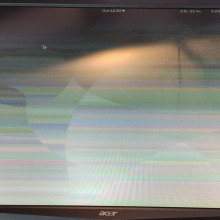
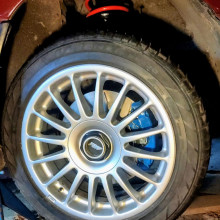
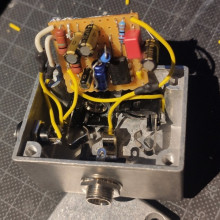
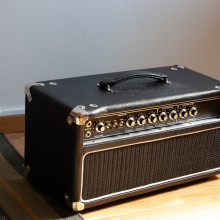

Homelab: 4 Family & apartment friendly server cabinet
Finding ways to live with an interest in computers can be a challenge. That is having half a dozen computers running 24/7 is not something easily manageable, even though being tiny and near silent, the space required and mess is additive.
Keeping things cool is helped by drawing fresh air in at the front bottom and blowing hot air out at the back top, cables depart at the bottom in the back. Depending on the heat generated and direction of fans in the computers stored, this setup may also be enough to not necessitate additional fans relying on passive convection and computer airflow.
In my case however, I add three 120mm fans at the front and three at the rear (space inside is exactly 360mm), both controlled by a temperature sensor in a separate power board, which allow them to be turned fully of when not needed and progressively ramp up based on temperature. At the front, one is attached to the most sensitive server where most of my home lab activities takes place, running models, trying out virtualized services etc.. The rear is attached to one of the main network computers the UTM (unified threat manager). If any of these two gets too hot it’s essential that the fans ramp up, otherwise their temperature follow the mean of servers inside so will be OK at keeping the average temperatures low as well. Boards such as this can be easily gotten from amazon, eBay or aliexpress for instance, you can power them with a range of voltages. For power You can use any ~5 to 25 dc volt supply, so if you had saved the power plug of old discarded routers, lamps, etc. This is a good source, things often thrown away but still having a use in many applications other than that broken lamp, or that router from an old forgotten Internet provider.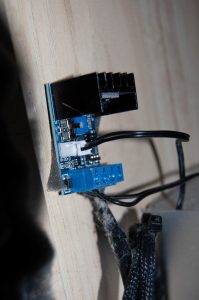
Since I’m interested in both hardware and software none of the many tiny servers inside is loud, important to keep in mind as you may as well use decommissioned ‘real’ servers that, however, limits the number and will bring the noise up to unacceptable levels. In my case all computers are custom built and made with noise in mind. A gentle ‘whoosh’ is present, which does increase somewhat under heavy load, yet with some added sound dampening foam to make up the gaps and fill flat panels, it is really acceptable. So from some IKEA flat packs, wheels, plugs, glue, angle-irons, fans and power supply found in leftover bins, a nice silent cabinet housing a plethora of small and large computers is the result. It is easy enough to manage with KVM- cables, SSH and vnc/remote desktop, a great addition and well spent time!
Homelab: 3 Turning laptops into mini-servers
Homelab: 2 Tiny 24 Core virtualization Computation with hacked hardware
Homelab: 1 25 Year old computer as a firewall: 60Mbps throughput